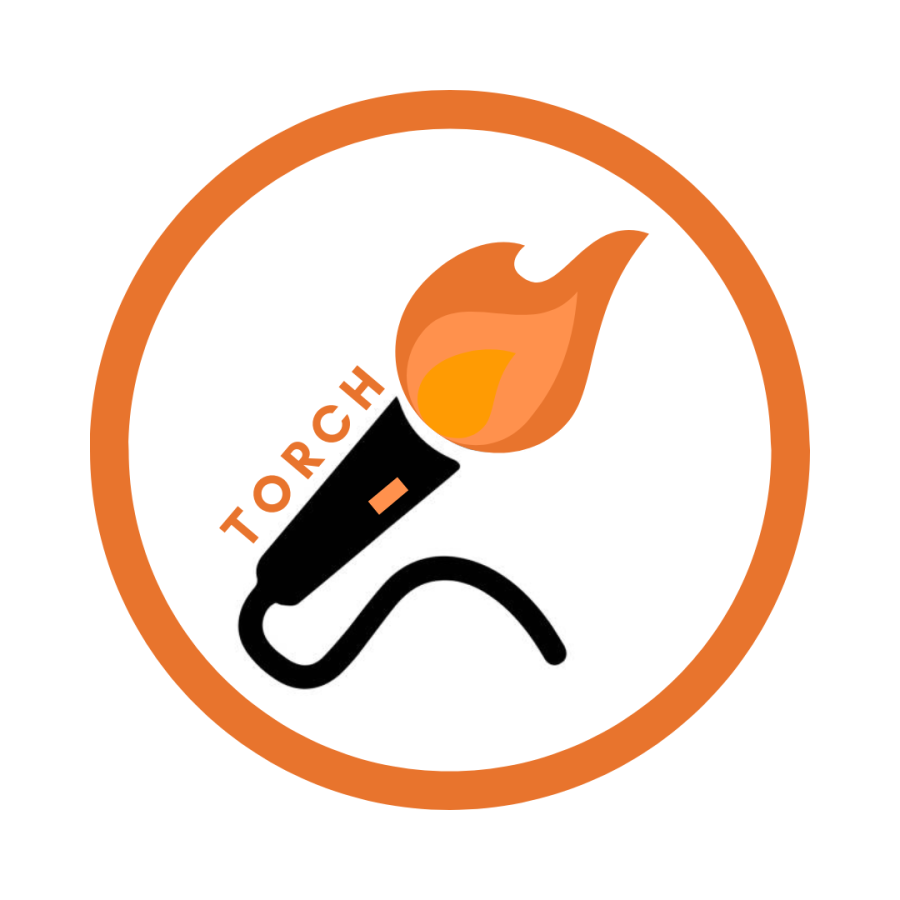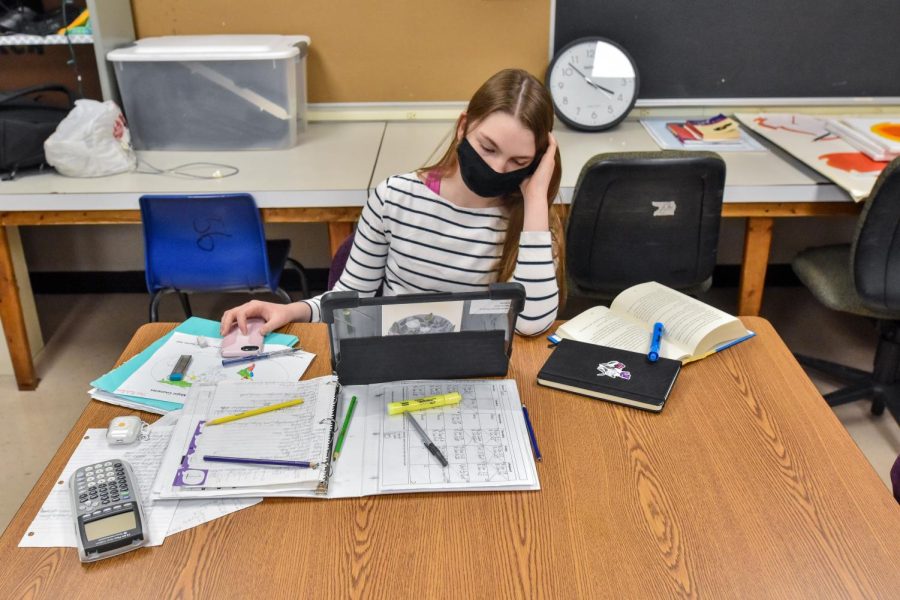How To Study To Get Results
The thought of studying can be overwhelming for students, but it doesn’t have to be with the right study skills.
Studying is something no one likes to do, yet we don’t have a choice. The excuses to avoid this tedious, dull task range from lacking motivation to simply not knowing how. Although studying might still be boring, it doesn’t have to be impossible with the right techniques.
Study sessions should be spread out over the course of a month before any major test, measuring from around 10 minutes to an hour each time.
While cramming before a test may seem like a nice way to save time, little to no information is retained, and cramming will always be more stressful than if you spread out your study sessions. In high school, anytime you can avoid stress, you should.
Only plan study time if you need it. Junior Carter Fitzgerald only studies for harder classes to avoid wasting time with topics he already knows.
“Studying for easier classes, is just that I don’t study,” said Fitzgerald.
When you block out time each day for studying and commit to it you are able to use your time more efficiently and each study session will leave you motivated to study more.
“Motivation is the trickiest thing. One of the biggest recommendations that I personally have is time blocking,” said Dana Malone, teacher of AP Psychology and AP and Kirkwood Study Skills. “If you block off particular time periods in your day… it can be helpful.”
Once you have dedicated time for studying, decide what you do or don’t know in each subject. A simple way to do this is to employ Malone’s favorite method: the two color strategy.
First, find a review packet for the class you’re taking. Using a pencil, fill out all of the information you know without using outside resources. This is a good way to practice retrieving the information you already know.
After filling out all the information you know, use a different color to mark what you need to work on. A bold color like red or a vibrant orange bring attention to the eye. Look carefully at the information in the second color you chose and find out which exact topics you struggled with.
After marking the topics you struggle with, learn the isolated facts of that topic. Isolated facts are the foundation of knowledge, the basic necessities of understanding a topic. Examples can be like knowing the meaning of a word, or where a certain method can be applied. This memorization can be done through dual coding, a strategy involving words and visuals to help you memorize a fact. This can be as simple as drawing a picture to represent the vocabulary definition you are trying to memorize.
After learning the isolated facts, you can progress to practicing the way you will be tested. Practice tests can be found online, from students who have already taken that class, or by asking the teacher. Once you finish the practice test, you can reevaluate what you know with the answer key. Look at the pattern with your missed questions and brush up on those topics. After using these strategies, you will be able to sleep easily without the anxiety that comes with an upcoming test.
Your donation will support the student journalists of Kennedy High School - IA. Your contribution will go towards the purchase of a new lens for our photographers.

Hey, I'm Sarah! I'm a freshman, and outside of torch, I do dance team. Some of my hobbies are dancing, reading, writing, and bullet journalling.

Hi, I'm Merideth! I am the senior Photo Editor for the Torch. Outside of photography I also am in Happiness Inc. and golf. You will probably see me on...







































